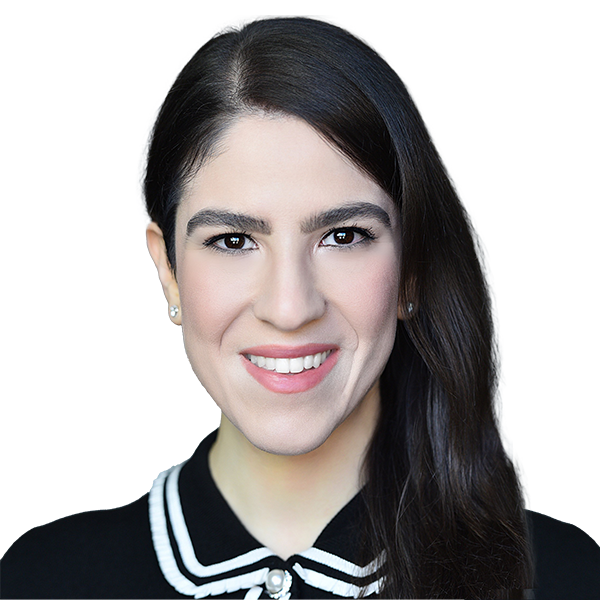Why Market Participants Should Act Now
The struggle itself is enough to fill a man’s heart.
A little more than a year ago, market participants were preparing for the penultimate step to LIBOR’s demise as the deadline for no new LIBOR origination approached on January 1, 2022. In anticipation of this goal, industry, regulatory, and market leaders worked for over a decade to solve the problem of how to thoughtfully unwind over $300 trillion of LIBOR-linked contracts and instruments.
As the clock struck midnight and we ushered in 2022, the eternal optimists of the LIBOR transition looked ahead to new SOFR issuance and market-making; digesting the rate change in capital structures and embarking on the Herculean task of converting legacy LIBOR loans to the new benchmark ahead of a seemingly distant deadline: June 30, 2023.
Suffice it to say, the market tumult of 2022, a hawkish U.S. Federal Reserve, and global macroeconomic headwinds put a wrinkle into this plan. Rising rates took center stage in 2022 and will remain in focus until the Fed believes inflation is under control, the labor market has cooled and the U.S. Dollar (USD) weakens. At this time, we believe that the Fed will continue to stay the course and anticipate that the fed funds rate will peak at 5.125% 1 this year, which should be considered when making transition and hedging plans for SOFR.
As of December 31, 2022, only about 21% 2 of the syndicated loan market had transitioned to SOFR, including: 36% of credits trading at par or better with a weighted average rating of BB- and 22% of credits trading between $95–$100 at a weighted average rating of B+. 3 Lower-rated loans have been lagging behind. As 56.8% 4 of the Morningstar LSTA U.S. Leveraged Loan Index is rated single-B and below, the balance of work left lies across loans trading at a discount with higher leverage. This backup in loans also contributes to the delay in CLOs being able to transition, as most CLO vintages are triggered to flip to SOFR once 50% or more of the underlying collateral has transitioned.
EXHIBIT 1
LIBOR Spreads and Volatility Increased Dramatically in 2022
The message is clear: We are well behind where we should have been with less than six months left. The consequences of not acting now could be significant for both borrowers and lenders, including:
REFERENCES
1. KKR Global Macro Asset & Allocation Analysis as of January 6, 2023
2. KKR Credit & Markets Analysis, Bloomberg, LCD, IHS Markit as of 12/31/2022
3. KKR Credit & Markets Analysis, Bloomberg, LCD, IHS Markit as of 12/31/2022
4. KKR Credit & Markets Analysis, Bloomberg, LCD, IHS Markit as of 12/31/2022
DISCLAIMER


Share on